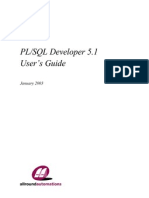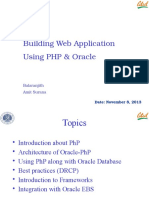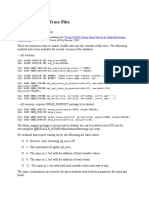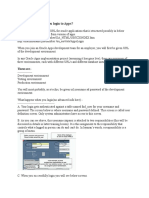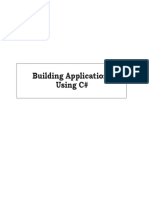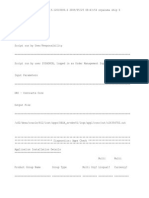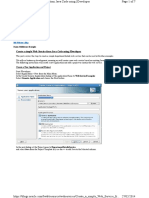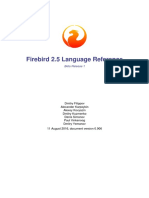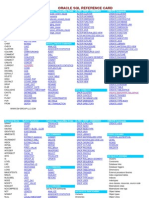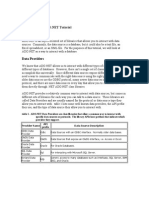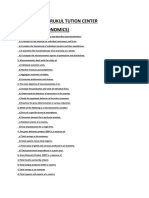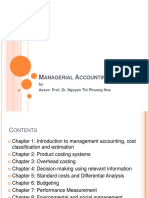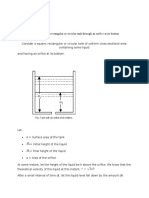0% found this document useful (0 votes)
411 views12 pagesDatabase Programming in C#
The document provides a comprehensive overview of database programming in C# using ADO.NET, detailing its architecture, components, and methods for connecting to databases. It covers essential topics such as managing database connections, executing SQL commands, and utilizing SqlCommand objects for various database operations. The document also highlights the differences between connected and disconnected environments, along with the advantages and disadvantages of each.
Uploaded by
Kidus MichaelCopyright
© © All Rights Reserved
We take content rights seriously. If you suspect this is your content, claim it here.
Available Formats
Download as DOCX, PDF, TXT or read online on Scribd
0% found this document useful (0 votes)
411 views12 pagesDatabase Programming in C#
The document provides a comprehensive overview of database programming in C# using ADO.NET, detailing its architecture, components, and methods for connecting to databases. It covers essential topics such as managing database connections, executing SQL commands, and utilizing SqlCommand objects for various database operations. The document also highlights the differences between connected and disconnected environments, along with the advantages and disadvantages of each.
Uploaded by
Kidus MichaelCopyright
© © All Rights Reserved
We take content rights seriously. If you suspect this is your content, claim it here.
Available Formats
Download as DOCX, PDF, TXT or read online on Scribd
/ 12


